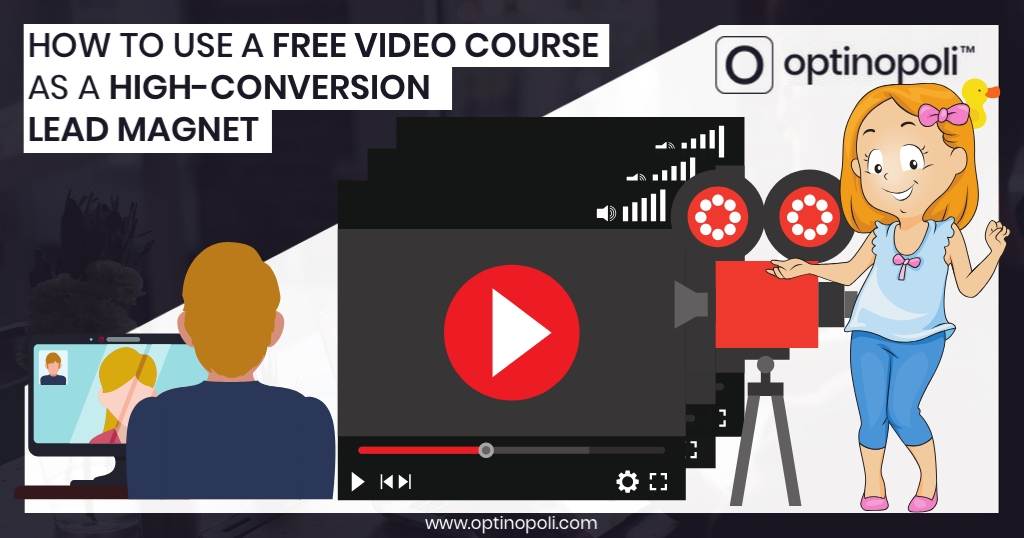
How to Use a Free Video Course as a High-Conversion Lead Magnet
The number of videos watched every day on the different platforms are staggering:
- 5 billion videos on YouTube
- 8 billion videos on Facebook
- 10 billion videos on Snapchat
Yes, people love video!
It's for this reason that video can work so well as a Lead Magnet and attract higher conversions. In other words, when you use video for your Lead Magnet, you get more leads.
Plus you build a stronger relationship right from the beginning, impacting everything from email deliverability to sales conversions.
This post gives you the run down on:
- Why you should use a video-based Lead Magnet.
- Why a video course works so well to attract leads who then go on to buy.
- How to create a video course including the structure you need.
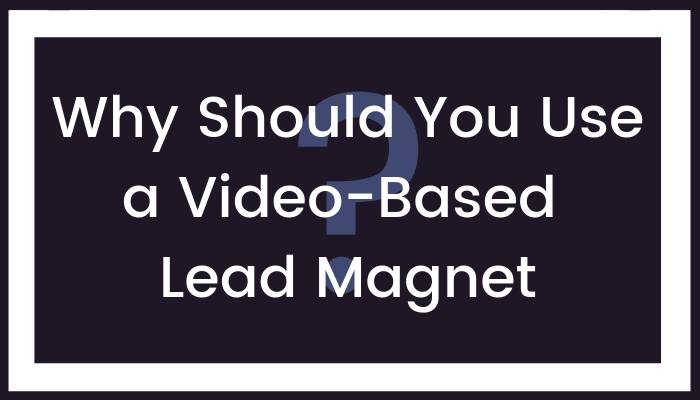
Here's the key.
People are 4x more likely to watch a video than read text.
Just look at how video increases email engagement:
- When the word video is included in the subject line:
- Open rates increase by 19%
- Click through rates increase by 65%
- Unsubscribes are reduced by 26%
- By including video in an email, click through rates increase by 200-300%.
And that's not to mention sales. 64% of consumers are more likely to buy after watching a video.
So wouldn't it make sense to use video to attract leads onto your list in the first place?
Despite the obvious advantages of video, most Lead Magnets are still text-based: reports, ebooks, checklists and so on.
People are 4x more likely to watch #video than read text. So why are #LeadMagnets still mostly text? #leadgen via @optinopoliClick To TweetBy offering a video-based Lead Magnet instead, you would benefit from...
Higher opt in rates
A video-based Lead Magnet can give deliver many more leads for your business via higher opt in rates. As we'll see shortly, you can convert as many as 38% of your visitors into leads when you use video.
But it's not just about the opt in rate. It's also about the...
Stronger relationships
The type of relationship you build with prospects when they join your list is crucial. It affects open rates, response rates, email deliverability and ultimately your ability to convert visitors who opt in into customers.
With video, you give someone the opportunity to hear your voice, see you, and get to know you. It builds trust, authority and credibility. Videos are immersive, intensely visual, and provide for memorable experiences.
Plus, the attractiveness of video makes it more likely new leads will actually take advantage of the Lead Magnet, and watch it.
After all, it's only through actual consumption of the Lead Magnet that it builds your authority, credibility and trust levels with the prospect.
Text-based Lead Magnets can work well too, but simply don't get anywhere near the same levels of engagement as video.
A video-based #LeadMagnet can convert as many as 38% of visitors into leads #leadgeneration via @optinopoliClick To Tweet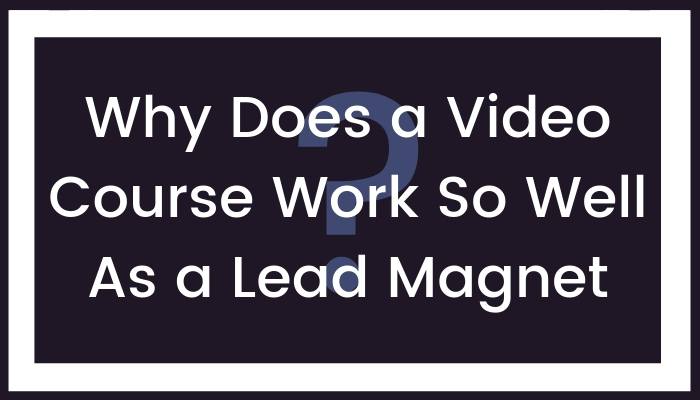
So now the advantages of using video as a Lead Magnet are clear, where do you start?
What type of video-based Lead Magnet can you actually offer?
A video course is ideal for lots of reasons:
- It ties in well as a content upgrade for info-rich blog posts.
- People love how-to information, particularly videos—"how to" searches on YouTube are growing 70% year on year.
- It has a high perceived value. Rather than a single video on a topic, with a video course you can offer multiple videos. Even though they'll likely just be a few minutes long each, it increases the perceived value.
- It provides the perfect opportunity to showcase your expertise on a topic, while building the relationship with your prospect.
But how do video courses actually perform as a Lead Magnet?
Popular blogger Bryan Harris tested out lots of different Lead Magnets. He found a free video course:
- Had the highest perceived value.
- Attracted the best results.
In fact, his offer of a free video course attracted a massive 38% opt in rate, the stat referred to above.
So now you know that video is one of the most effective Lead Magnets you can offer, and that a free video course is the ideal format to use, how do you actually create one?
As we'll see, it's easier than you might think.
How-to video searches on YouTube are growing 70% a year. Have you tried offering a how-to video #LeadMagnet? via @optinopoliClick To Tweet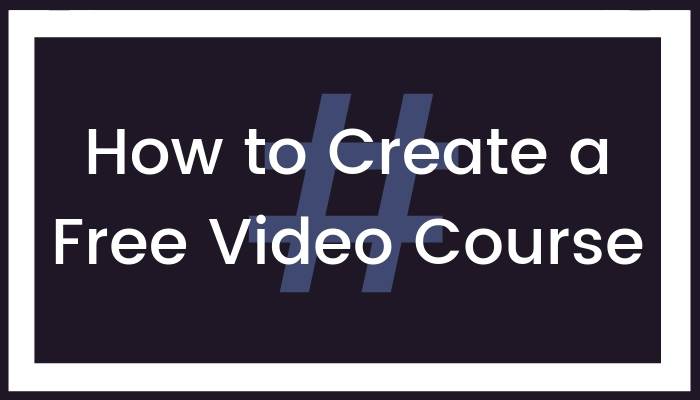
Determine the topic
First of all, decide on your topic.
We've already mentioned using a free video course as a content upgrade for a blog post.
Blog posts are great for a whole host of reasons, not least in attracting targeted visitors to your website. But, as we've seen, people prefer to get their information through videos when they can.
So, start with one of your most popular blog posts, and create a related how-to type video course.
Analyze the post and determine why people are visiting the post. What are they hoping to achieve or learn?
Is there an aspect of it that you could add more value to by turning it into a video course? Sometimes text alone doesn't quite cut it, and a video walk-through would be really helpful.
How to create a free video course as a high-conversion #LeadMagnet #leadgeneration via @optinopoliClick To TweetSecondly, plan the video course so you know how you're going to approach it. Here's a great way to...
Structure your video course
It needs to be short and easily consumable.
The good news is that long, drawn out videos aren't what's required. Short and snappy work best.
Quick to create, it also means you can potentially provide multiple video courses, such as for content upgrades offered on different blog posts.
This is the general structure Bryan Harris has found works well:
- Video #1 First part of a tutorial
- Video #2 Second part of a tutorial
- Video #3 Question and answer session
Each of these videos should only last 2-3 minutes.
Let's run through an example of how you might approach this, using a post that tells you how to use Slideshare to attract new leads.
For this post, a useful content upgrade would be a free video course showing you how to convert a blog post into a SlideShare presentation.
Use this quick and easy structure for your high-conversion #video course #LeadMagnet via @optinopoliClick To TweetWith Bryan Harris’s suggested structure in mind, the rough outline for your videos might look like the following. Remember, with only 2-3 minutes per video, each of these points would only last a few seconds each:
Video #1
- How to create a script for your presentation, setting out the text for each slide
- Creating a new Google Slides document
- Creating an effective cover/first slide
- Using a template to help attract traffic back to your site
- How to create the slides for the presentation itself
- Adding a CTA to grow your list
Video #2
- Creating a Slideshare account
- Uploading your Slideshare
- Promoting your Slideshare afterwards
- Monitoring and measuring your results
- Growing your Slideshare audience over time
Video #3
- Answer 5 or 6 common questions that come up about creating Slideshares that you weren’t able to address during the first two videos
Once you've got the outline, you can quickly shoot each section, edit the video to bring it all together, and you're done. All that's left is to offer it to potential leads...
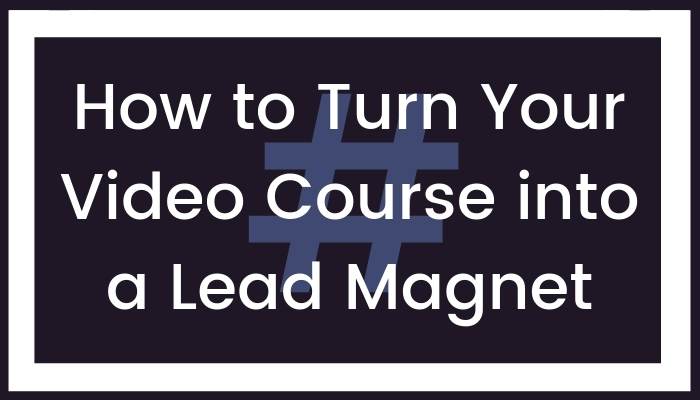
With the video done, this is the easy bit.
Simply add a page to your site where all three videos are available to watch. For each one, add a brief heading and a quick description.
You can now start offering your Lead Magnet to visitors, referring new subscribers to this video page. Here's how to create a killer opt in offer.
How to turn your free video course into a #LeadMagnet via @optinopoliClick To TweetRemember to hide the page from search...
Remember you'll likely want to stop search engines showing the page in their listings. After all, you want people to give you their email to watch your videos, not find them for free in search.
Most advice you'll see on blocking pages from search involves adjusting your robots.txt file.
This is wrong, and bad advice!
Why?
Even with the page added to robots.txt with Disallow, it can still appear in Google's results.
Surprising, but true. Here's how.
In brief, your robots.txt file tells them not to index a page's text. They'll respect this, and their bot won't visit the page itself.
However, if they find a link to the page elsewhere, that's fine and they can still list the URL. For the description in the listings, they'll get that from elsewhere too, usually from the linking page.
So how do you do it properly?
Instead, Google advise to include a special noindex meta tag in the page's HTML code. This properly prevents the page from showing in their listings.
(You can also return a noindex header in the HTTP request. But for most people that's more complicated to implement).
They also advise not to include the page in robots.txt. If you do, they can't visit the page at all—so they'll never see the noindex instruction.
So here's the noindex meta tag you should add to the page. Put it between the <head> tags:
<meta name="robots" content="noindex">
Simple! (And yes, nearly all search engines support this).
If you're on Wordpress, you can instead use the Yoast plugin to take care of this for you.
To Conclude
As shown, a free video course is easy and quick to create, and provides you with a high-conversion Lead Magnet that delivers a host of other benefits.
This includes building a stronger relationship with leads right from the beginning, increasing engagement, open rates and email deliverability, and ultimately building stronger sales conversions too.
You may also like: How to Attract Thousands of New Subscribers with a Free Email Course
How to use free video courses as high-conversion #LeadMagnets #leadgeneration via @optinopoliClick To Tweet
steve shaw
Steve Shaw is the CEO of optinopoli™, next-generation lead capture and sales conversion technology—click here for more info.
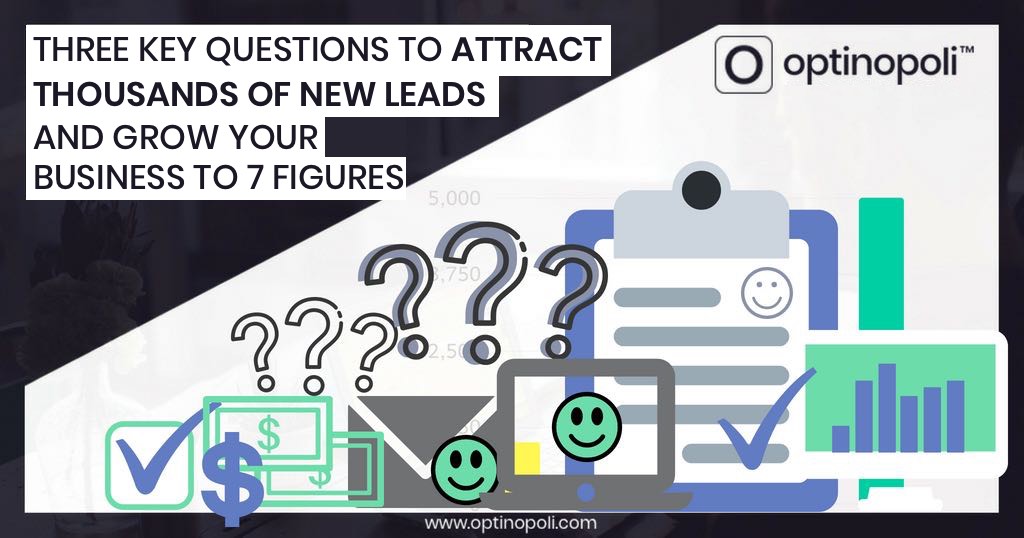
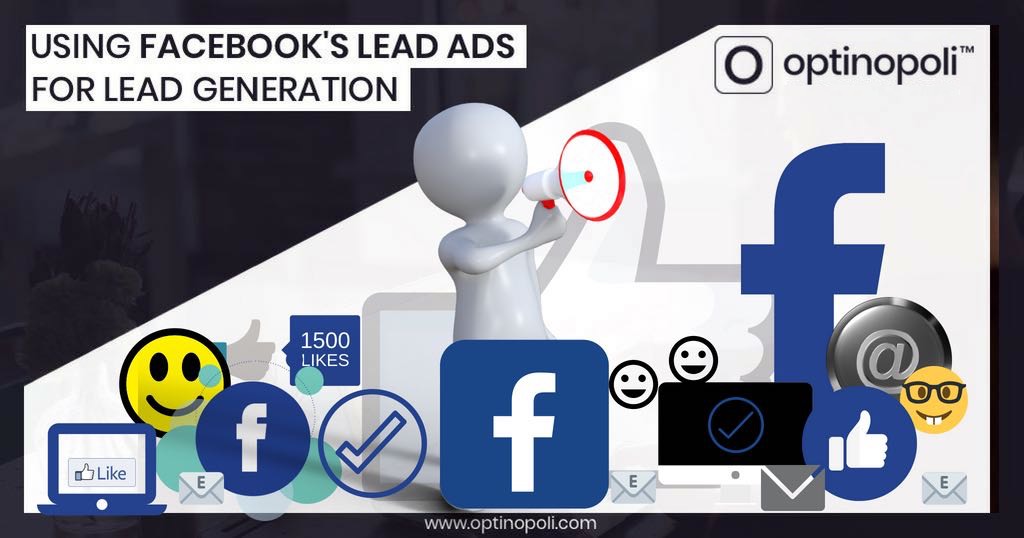
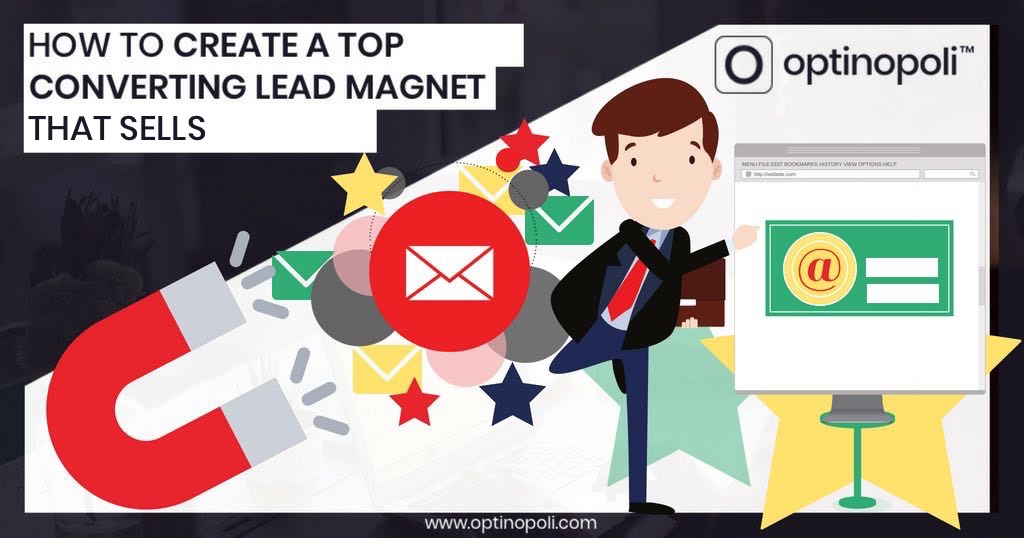
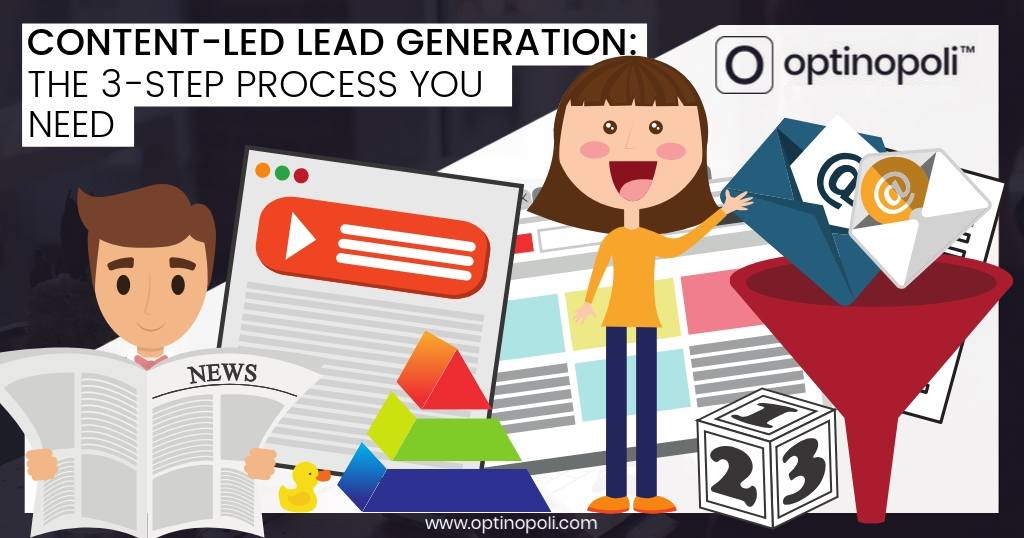
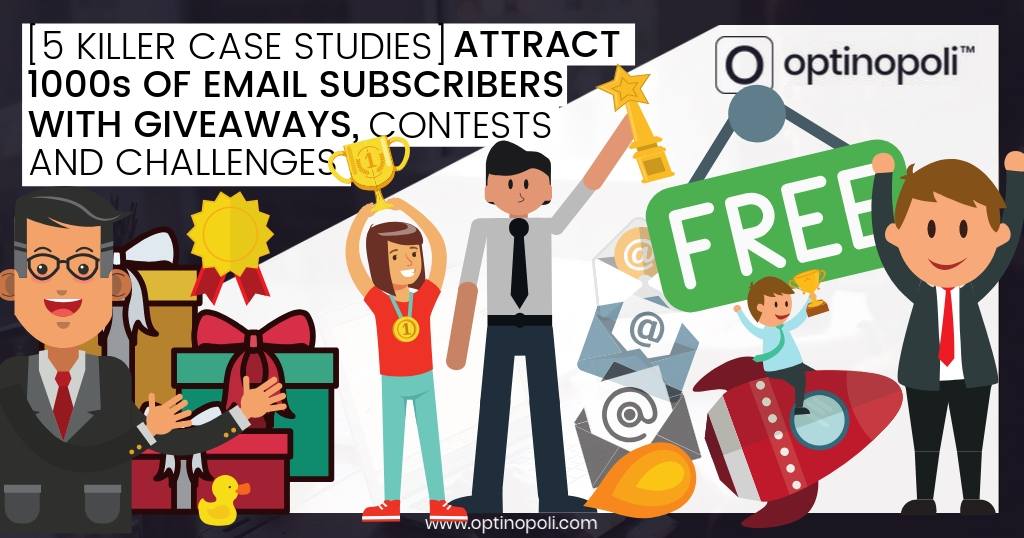
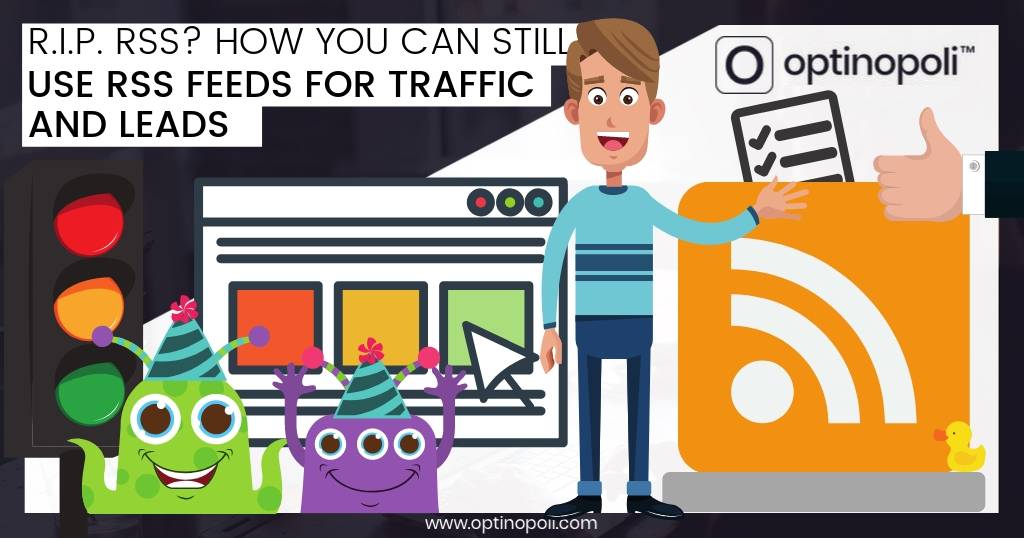
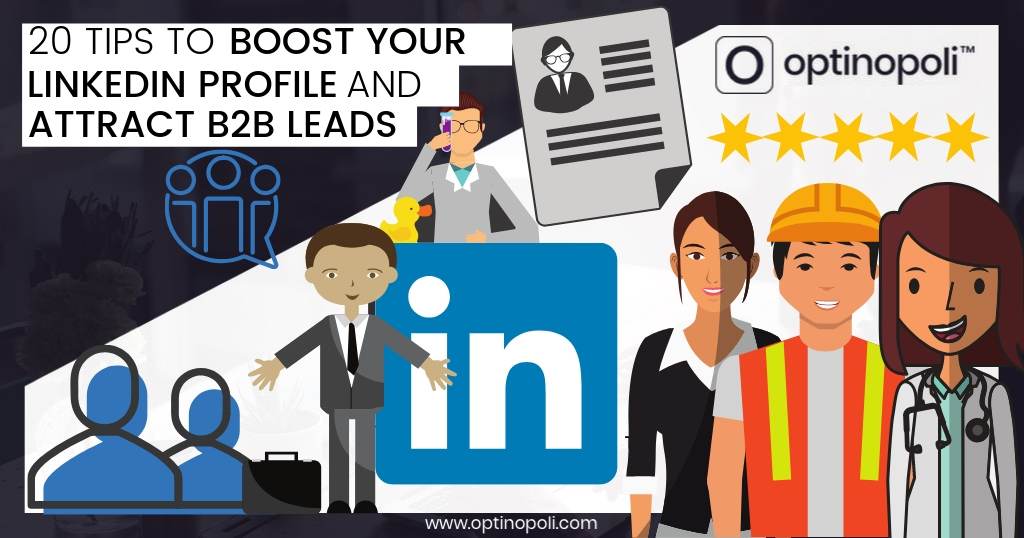
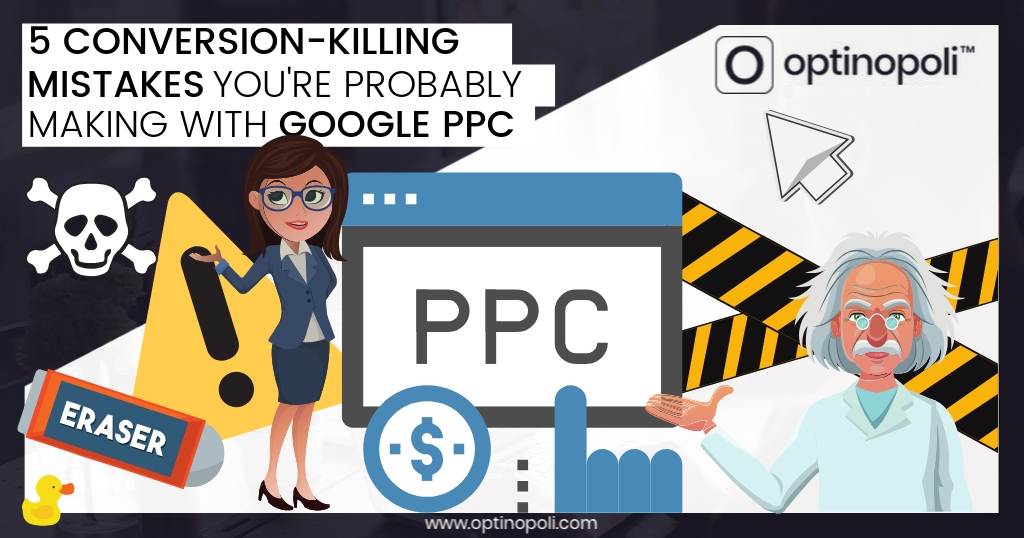
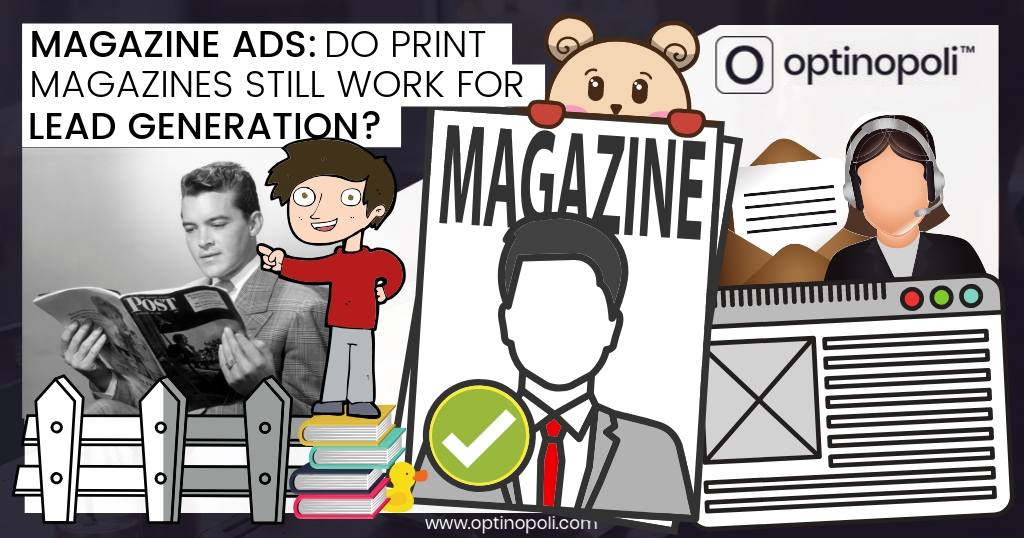
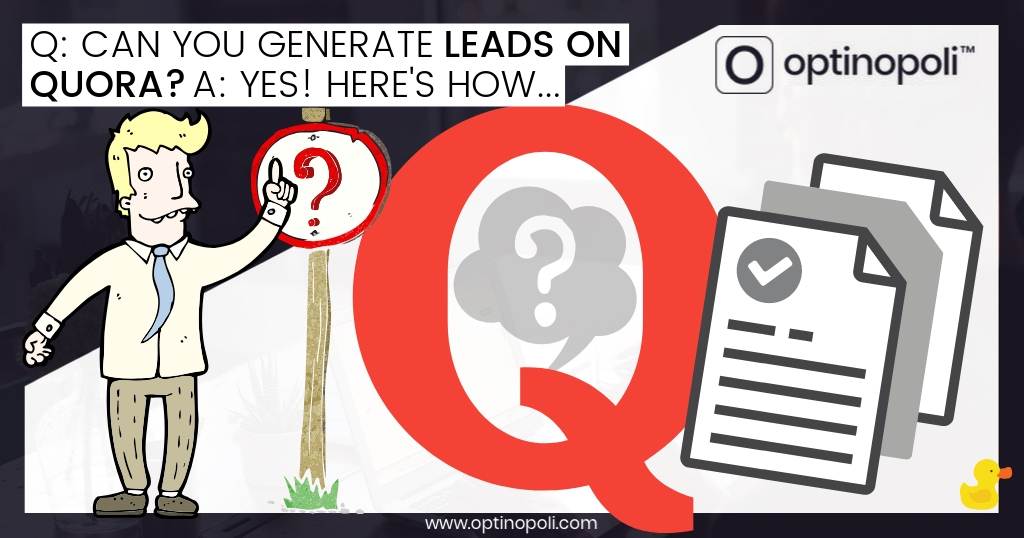
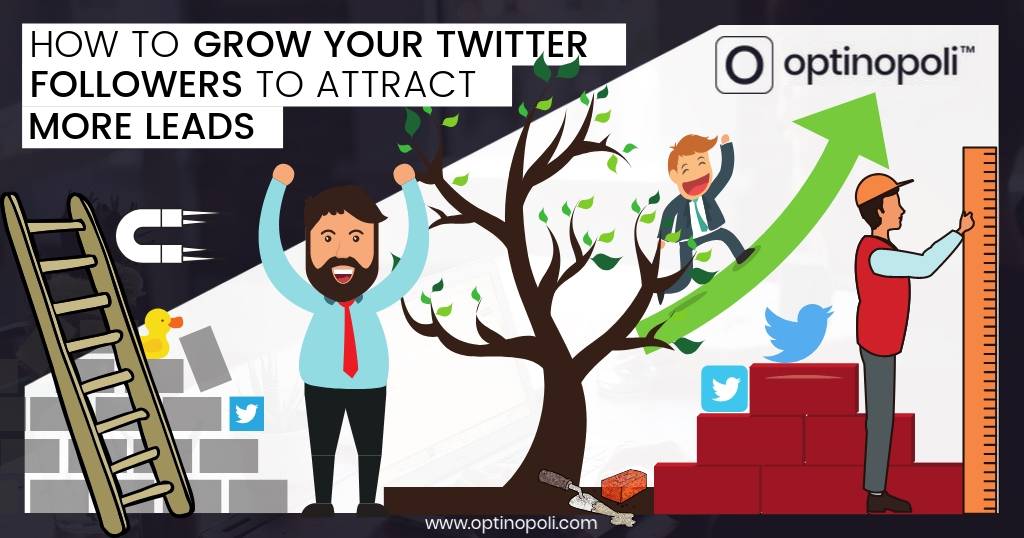
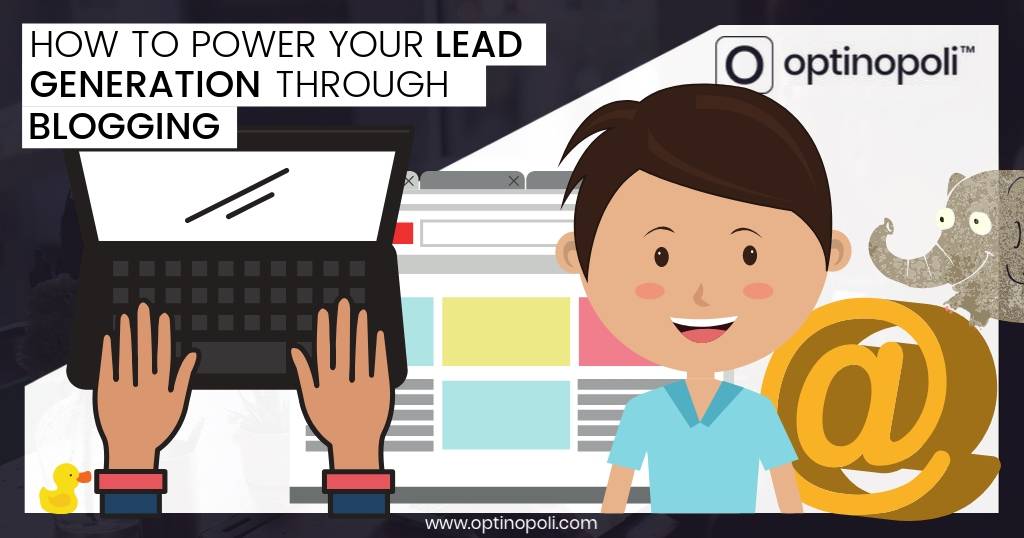
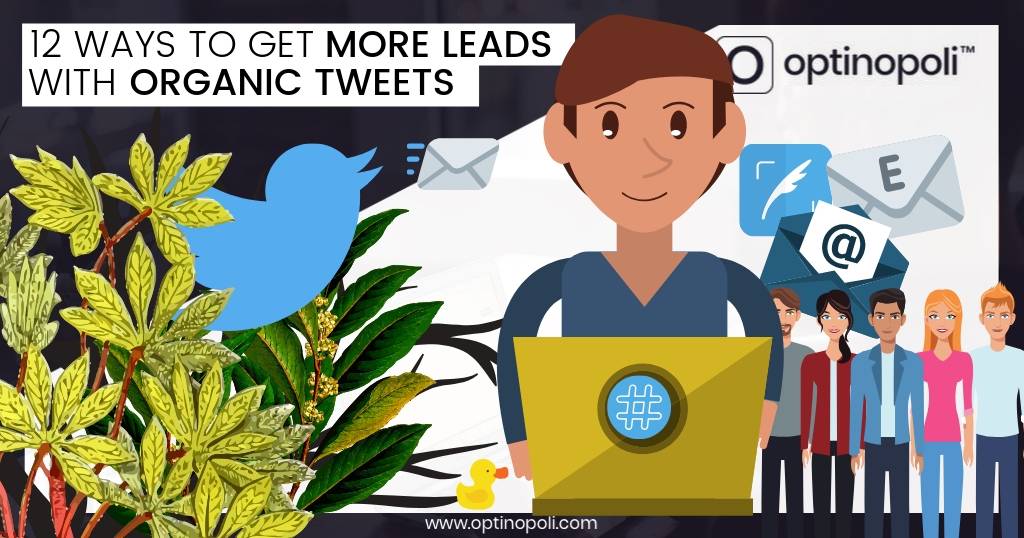
Comments